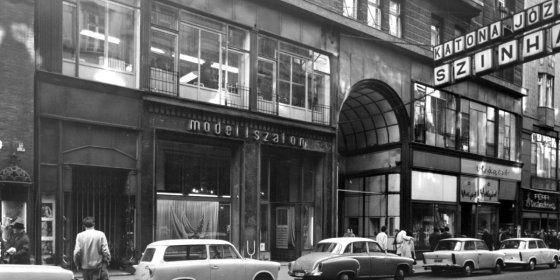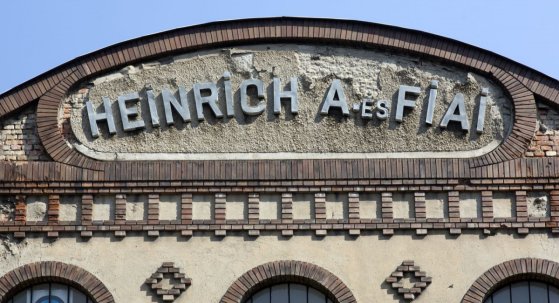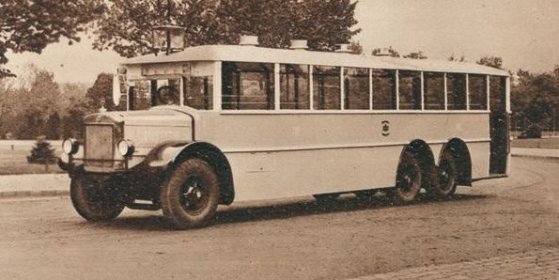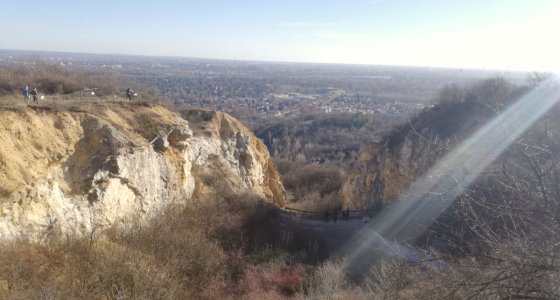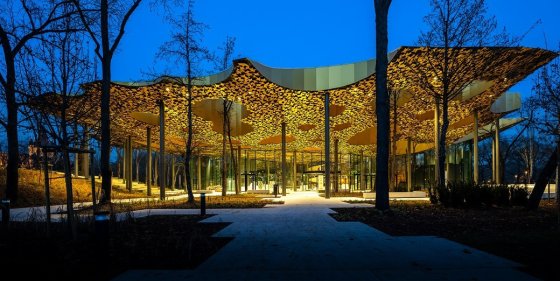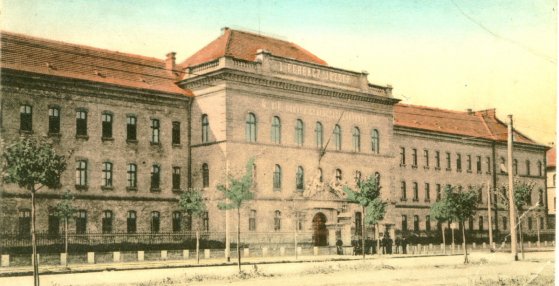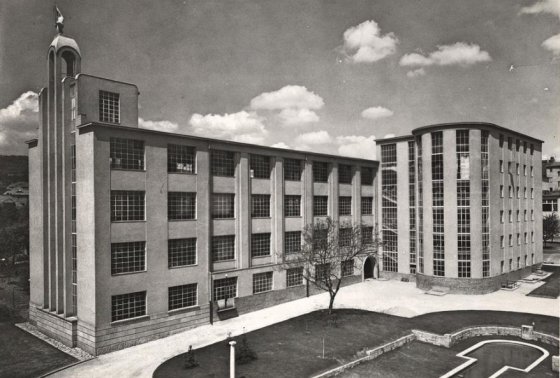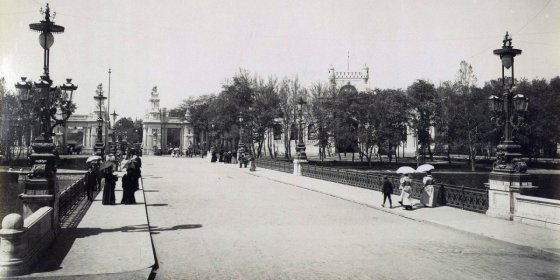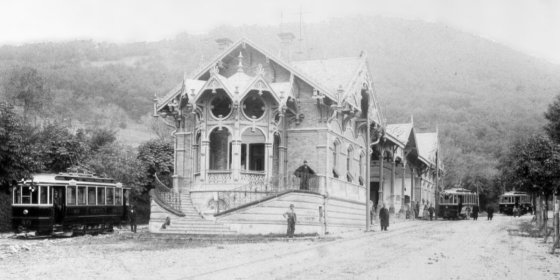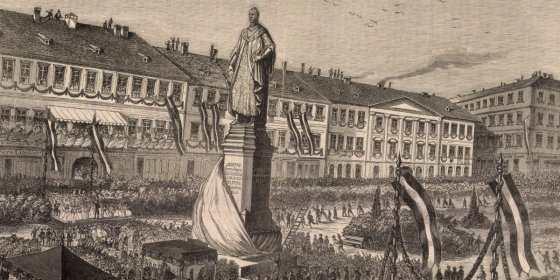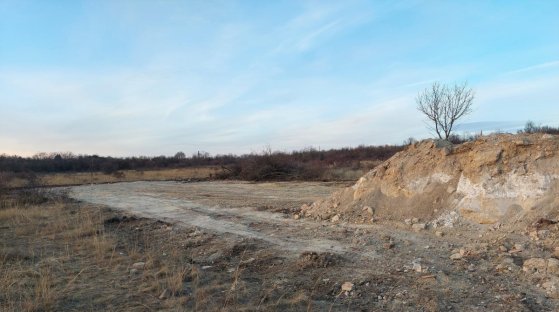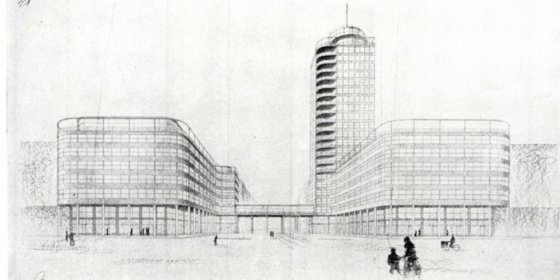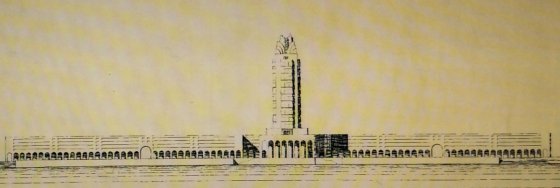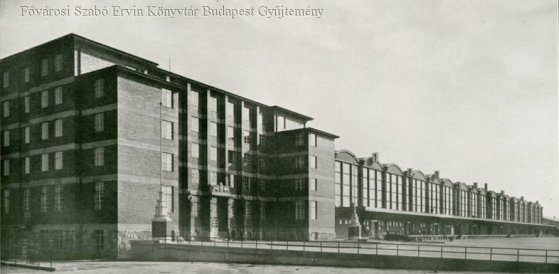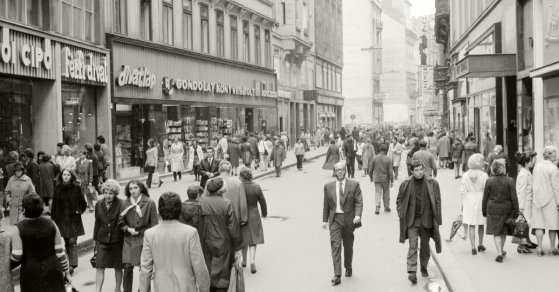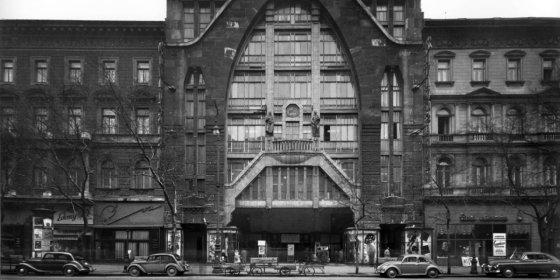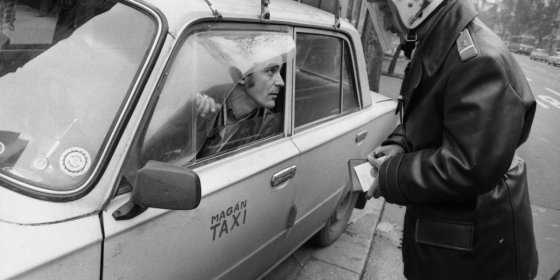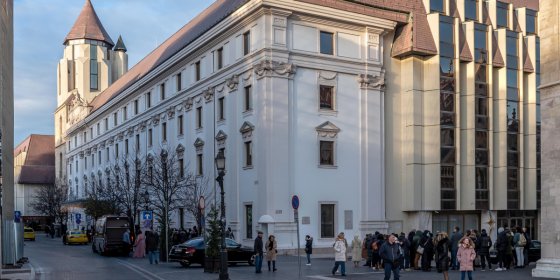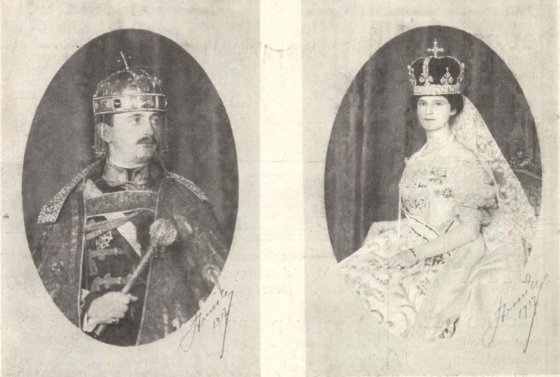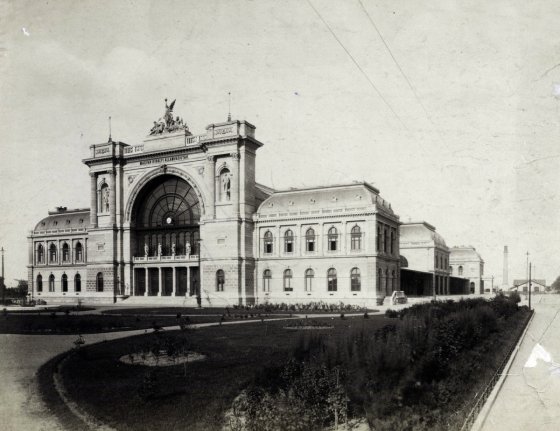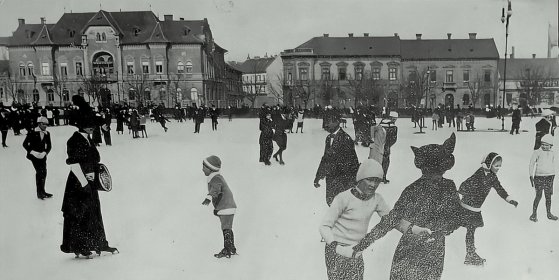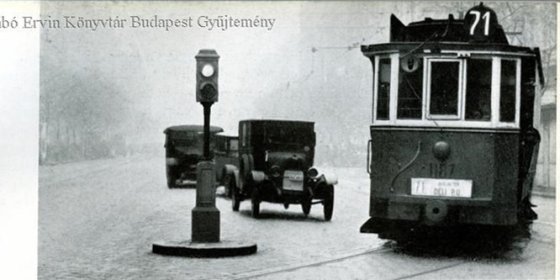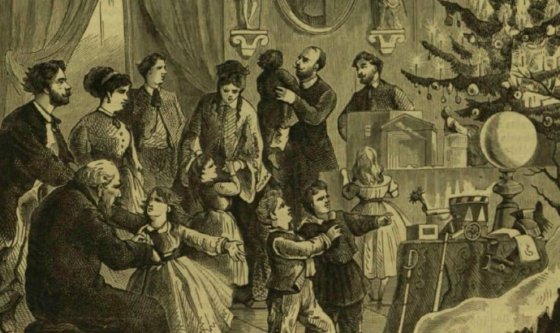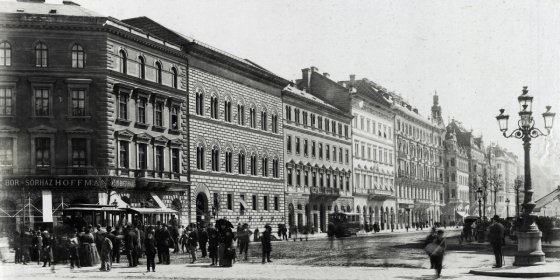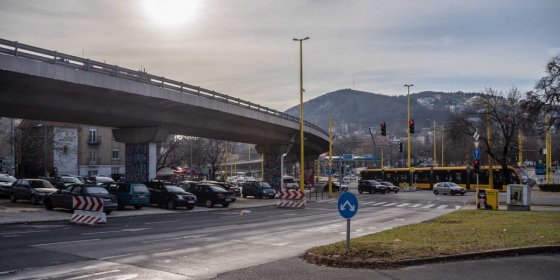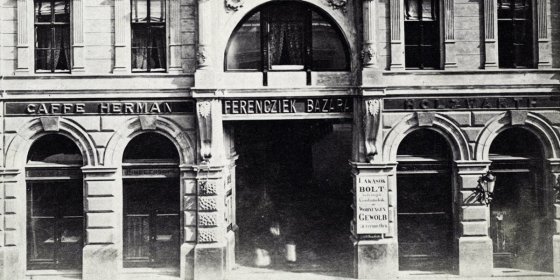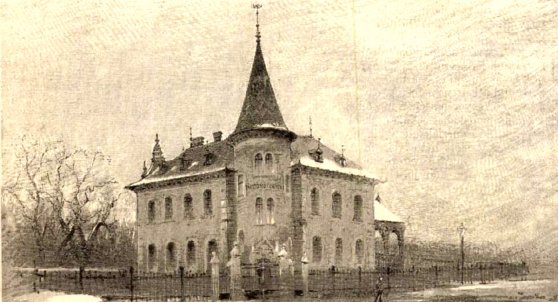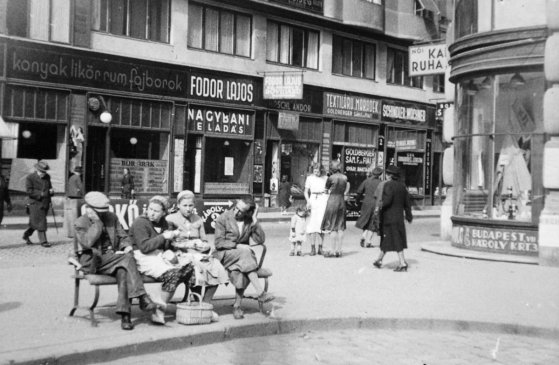 The „intertwined history” of the bridges and the city of Budapest
Which ideas and events have shaped the fate of bridges of Budapest and the cityscape? Alongside many other interesting facts, this question is also answered this newly published book by the Budapest City Archives, which introduces the history of bridges in Budapest.
The „intertwined history” of the bridges and the city of Budapest
Which ideas and events have shaped the fate of bridges of Budapest and the cityscape? Alongside many other interesting facts, this question is also answered this newly published book by the Budapest City Archives, which introduces the history of bridges in Budapest.
Budapest
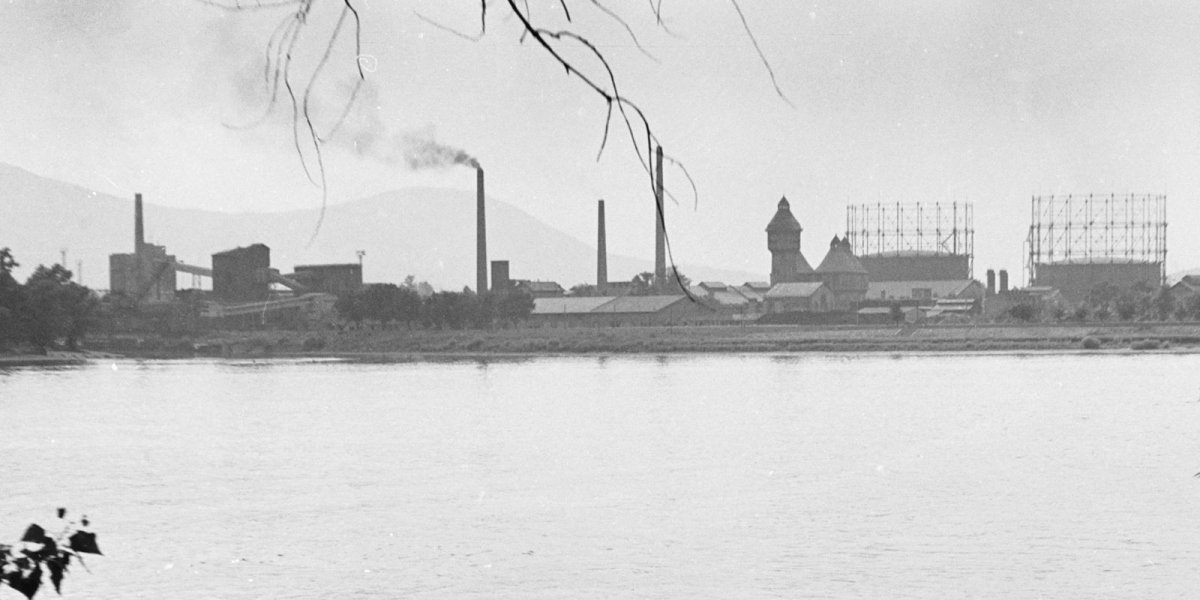 When gas no longer came from the factory - This is how Budapest switched to the new heating method
When gas no longer came from the factory - This is how Budapest switched to the new heating method
January 31, 2022 at 10:00 AM
In Budapest, it has been decided for half a century to displace air-polluting coal heating from the city centre and switch to gas. At that time, two types of gas were used in households: town gas made of coal and natural gas. Over time, however, the former has been increasingly displaced by more efficient natural gas, which has required the rebuilding of networks and the replacement of gas appliances. Fifty years ago, in 1972, the changeover received a great deal of momentum, but it was accompanied by casualties: the days of the Óbuda Gas Factory, which produced town gas, were numbered since then.
They were looking for the old Pest city walls after a pipe burst in Pest
January 28, 2022 at 9:00 AM
Pipe bursts occur. Sometimes they are just unpleasant, sometimes they cause serious damage, and rarely do they lead to interesting discoveries. This happened in the city centre, where in 1972, following a pipe burst, it was believed that a section of the old Pest city wall had come to light.
Two Faces of a Building - The Heinrich Courtyard in Józsefváros
January 26, 2022 at 10:30 AM
On the opposite side of Üllői Road, opposite the Museum of Applied Arts, stands a neo-baroque tenement house, built by the iron merchant Ferenc Heinrich. Not far from it, and in the neighbouring Mária Street, lies the long facade of an Art Nouveau warehouse. One would not even think that the two had anything to do with each other, however, both were built by the Heinrich iron merchant family. The latter was completed by 1912, meaning it could begin to be filled with goods a hundred and ten years ago.
Buses appeared on the Outer Ring Road ninety years ago - the public could travel for free on the first one
January 25, 2022 at 9:00 AM
The tram has belonged to the scenery of the outer ring road for almost a quarter of a century now. Traffic on the ring road is unthinkable without it, but there was a time when trams were not enough, so from 1932, for 57 years, buses also ran on the Outer Ring Road. They started on 25 January, 1932, just 90 years ago.
Róka Hill, the capital's Grand Canyon
January 23, 2022 at 9:00 AM
While the statement in the title is, of course, a mere analogy, it is true that the sight of the mining cavities in Róka-hegy [Fox Hill] resembles the American giant valley system. However, most of the hill has been carried away or built up over time, so unfortunately it is not easy to meet a fox in the area. However, what’s left of the mountain and its surroundings after the bumpy past is definitely worth a trip.
The House of Hungarian Music has opened in City Park
January 22, 2022 at 7:00 PM
On the occasion of the National Day of Hungarian Culture, the House of Hungarian Music, completed within the framework of the Liget Budapest Project, was ceremoniously handed over in City Park. The new institution, which opened in a special building, awaits the public from 23 January 2022 with interesting music programs, an exciting and interactive permanent exhibition of music history, and a three-day program series next weekend.
Where there used to be a barracks, there is now a sports hall - The history of the Franz Joseph infantry barracks
January 20, 2022 at 9:00 AM
Opposite Népliget stood a military object for more than a hundred years, the sight of which largely determined the intersection of Üllői Road and Könyves Kálmán Boulevard. Today it is replaced by a huge handball hall, which is currently hosting the first international sporting event. The history of the new building is still very short, but it offers a good opportunity to get to know the old one.
Once a world-famous factory in Budapest, now a hardly known company - The Hungarian Optical Works
January 19, 2022 at 10:00 AM
Just 100 years ago, in 1922, the Süss Nándor Institute of Precision Mechanics and Optics PLC was named after its founder. It was the plant which later became one of the largest and world-famous factory in Budapest. The factory, which has been operating under the name Hungarian Optical Works since 1939, once dominated the area around Csörsz Street, but today, only the name MOM, and the community centre reminds us to the former factory.
Városliget Bridge and Margit Island Water Tower - Budapest owes much to Szilárd Zielinski
January 18, 2022 at 9:00 AM
The first Hungarian doctor of engineering was appointed 120 years ago, on 17 January 1902. He was Szilárd Zielinski, who, in addition to writing his doctoral dissertation on a railway system under Budapest, was one of the pioneers of reinforced concrete construction and provided the city with a number of emblematic structures. Without him, the Margit Island Water Tower, the bridge named after him over Lake Városliget, but also the Chain Bridge would be different.
The legendary Zugliget tram line was shut down 45 years ago
January 17, 2022 at 2:00 PM
One of the most popular tram lines, the last of which was the iconic tram 58, was discontinued 45 years ago, on 17 January 1977. One of the first tram lines on the Buda side was the one in Zugliget, which started in 1896, the year of the millennium, and although it was replaced by the 58V replacement bus after the 1977 shutdown, then the 158 bus, and today the 291 bus, to this day, many are waiting for the revival of the tram line in the capital.
Palatine Joseph, who died 175 years ago, had been systematically developing Budapest for decades before the Public Works Council
January 15, 2022 at 3:30 PM
Palatine Joseph [József nádor in Hungarian] died 175 years ago in Buda. Although the archduke born in Florence was destined for a different career, he did much for Hungary, Pest and Buda from 1795 as a governor, then from 1796 as Palatine until his death in 1847. On the anniversary of his death, we put together a bouquet of what Budapest owes to him.
The Tétény Plateau is cleared of construction and other waste
January 14, 2022 at 2:00 PM
The specialists of the Budapest public utility company debris and other debris from military buildings demolished decades ago are removed from the Tétény Plateau area. The plateau is returned to the native flora. The nature reserve is home to many species of protected plants and animals.
Water intrusion into the metro tunnel: the builders feared that the houses on Rákóczi Road would be endangered
January 11, 2022 at 1:00 PM
Between Astoria and Blaha Lujza Square, in the metro tunnel under construction, but on the already drilled section, a water intrusion took place in 1967, which shocked the people of Budapest and raised questions about the possible safety of the metro. The unexpected sand and water intrusion 55 years ago not only caused alarm among prospective passengers, but also experts feared that the residential buildings on Rákóczi Road could be endangered. After averting the danger, the builders tried to reassure the people of the capital that there would be no need to fear similar accidents in the finished metro tunnel.
Skyscraper plans in Budapest - High-rise buildings were planned for Károly Boulevard, Astoria and Rákóczi Road
January 9, 2022 at 11:00 AM
On Pestbuda, we recently introduced the Mol Tower under construction, which will be the first real high-rise building in Budapest. It will be no real skyscraper, because we call that buildings with a height of up to 150 meters, and the Mol Tower, albeit just by a little, remains below that limit. High-rise buildings have been designed in Budapest for almost 100 years, and several architects would have surpassed the 96-meter-high height of the Parliament and St. Stephen's Basilica.
The 130-metre-high Tower of Hungarian History would have been built on the banks of the Danube in Pest
January 8, 2022 at 10:30 AM
The new headquarters of MOL will be completed later this year, and will be the first skyscraper in the capital. Together with the technical equipment placed on the roof, a 143-metre high-rise building will be constructed in Buda, in the Lágymányos District, but a building of a similar size was planned on the banks of the Danube in Pest between the world wars. In the plan of Jenő Lechner's Tower of Hungarian History, the everyday tasks of a tourist service centre and the sublime functions of a national pantheon appeared at the same time.
The past of Nagyvásártelep - The food trade centre of the capital was built ninety years ago
January 6, 2022 at 9:00 AM
When the Central Market Hall in Fővám Square was handed over in 1897, the leaders of the city believed that the process of food industry development and freight transport, which had been going on for decades at the time, had come to an end. Steam mills, slaughterhouses and meat plants were lined up along Soroksári Road, and the needs of retailers and wholesalers were fully met with the establishment of the Danube Coast Freight Station and the construction of public warehouses between the Southern Railway Link Bridge and Fővám Square. However, it soon became clear that this was far from the case, and there was an urgent need to ensure the daily flow of goods through a wholesale market.
Cars were banned from the popular streets of the Downtown 45 years ago
January 5, 2022 at 11:00 AM
In Budapest, from the 1960s onwards, the narrow streets of the Downtown were completely occupied by cars and barely accessible to pedestrians. At first, cars were banned only from Váci Street, but 45 years ago, car traffic was stopped in several Downtown streets, and from then on, only pedestrians could use them.
The Fashion Hall moved to Andrássy Avenue out of necessity - The store opened in its new location sixty-five years ago
January 2, 2022 at 3:00 PM
The Magyar Divatcsarnok [Hungarian Fashion Hall] moved from Rákóczi Road to Andrássy Avenue in 1957, to the former building of the Párisi Nagy Áruház [Párisi Department Store], which was nationalized after the war and used as a book storage. In the 1956 revolution, the store of the Fashion Hall at 72 Rákóczi Road was so damaged that a new location had to be found. The building on Andrássy Avenue was available, only 10 wagons of unsold books had to be disposed of.
Forty years ago, private taxis appeared on the streets of Budapest
January 1, 2022 at 10:00 AM
In the 1980s, the private sector also played an increasingly important role in the socialist system. The change in taxiing came 40 years ago, and private taxis have been able to work in the capital since 1982. At first, the passengers were transported by Ladas, Zastavas and Dacias.
The Hilton Hotel in Budavár was handed over on New Year's Eve 45 years ago
December 31, 2021 at 7:30 PM
The Hilton Hotel, handed over 45 years ago, was built on the site of the city’s most beautiful Baroque monument, a Jesuit dormitory damaged in World War II. Only the western wall of the old building facing András Hess Square remains. Some say that the modern building has been incorporated into the castle environment, others believe that it disturbs the harmonious view of the Matthias Church and the Fisherman's Bastion with its huge block.
The last coronation - Charles IV became a Hungarian king 105 years ago
December 30, 2021 at 9:00 AM
During the bloodthirsty years of World War I, the difficult fate of the Austro-Hungarian Empire was compounded by another blow at the end of 1916: Emperor and King Franz Joseph I died. After sixty-eight years of rule, he passed away on 21 November 1916. He was succeeded by his grandnephew, Archduke Charles of Habsburg-Lorraine, who had been crowned king on 30 December 1916, 105 years ago.
Who put the country on the train - Budapest owes a lot to Gábor Baross, former Minister of Transport
December 29, 2021 at 6:00 PM
Gábor Baross, who was Minister of Transport for only 6 years, was appointed 135 years ago. He was the one who put the country on the train: by establishing cheap rail travel, it made Budapest accessible to low-income country people, helping the development of the capital a lot.
It was once a famous ice rink in Buda, today it is one of the busiest junctions in the country
December 29, 2021 at 11:00 AM
Ice skating is one of the most popular winter sports done by many in Budapest. Few people know, but one of the busiest junctions in the country, Széll Kálmán Square, was once home to a famous and very popular ice rink in Buda with a huge, richly decorated skating hall. By the end of the 1930s, the square had been completely transformed and today we only have pictures and stories of the former famous skating rink and sports fields in Buda.
Traffic lights have been with us for 95 years - The first traffic light was installed on Blaha Lujza Square
December 27, 2021 at 12:00 PM
Nowadays, we take it for granted that traffic lights are included in the cityscape. They switch automatically, or pedestrians may have to press a button to cross. The predecessor of today's traffic lights were still manually operated, and the first one appeared at the corner of the Outer Ring Road and Rákóczi Road 95 years ago.
The first Christmas tree - The custom of decorating pine trees is almost two hundred years old in Budapest
December 24, 2021 at 9:00 AM
It is certain that the Christmas tree appeared in Pest-Buda in the first decades of the 19th century, but it has not yet been possible to find out exactly who decorated the first tree. According to most sources, Countess Teréz Brunszvik played a major role in spreading the custom: on 24 December 1828, the children could have surrounded the Christmas tree in the kindergarten she had founded in Buda, in today's Mikó Street, but it is possible that decorated pine trees appeared earlier in the homes of aristocratic families.
The first gas lamps in Pest were lit 165 years ago
December 23, 2021 at 10:00 AM
At night in Budapest, thousands of gas lamps once provided light, which had to be lit one by one by the lamplighters every night and then extinguished at dawn. The gas lamps lived their heyday in the second half of the 19th century, the first street gas flames in Pest were lit on today's Rákóczi Road 165 years ago.
Residential buildings were also demolished due to the construction of the 45-year-old BAH junction overpass
December 20, 2021 at 9:00 AM
The 660-meter overpass above the BAH junction plays an indispensable role in the traffic of Budapest, as it is actually the gateway to Lake Balaton. The huge bridge was built 45 years ago, and since then tens of millions of people have crossed it to reach Lake Balaton or the Adriatic. However, the construction also came at a price: a total of 73 flats disappeared due to it, and the old customs house was also demolished.
Disaster tourists in the 19th century - Crowds gathered to the cry of unfortunate construction workers in Ferenciek Square
December 18, 2021 at 10:30 AM
After the unification of the city, construction works in Budapest started at a dizzying pace, huge, multi-storey houses were erected in a few months, but accidents on construction sites were rare. One of these happened during the construction of the Ferenciek Bazaar, when a falling wall buried eight workers. At the wailing of the injured, the people of Pest flooded the area in no time. Our reminiscent article gives an insight into how the authorities dealt with construction accidents in the 19th century.
The Home of Hungarian Teachers is still standing today - Teachers living in poor conditions could move into the tower building
December 17, 2021 at 10:00 AM
At the beginning of Orczy Road, close to Nagyvárad Square, stands a house with a tower, reminiscent of a medieval castle, quietly hiding behind the surrounding trees. Few know that this building once served as the home of the poor teaching women in the capital.
Erzsébetváros was the poorest and smallest district but it wanted to take the name of the Queen
December 16, 2021 at 3:00 PM
The 7th District is a relatively young part of the city, it was separated from Terézváros in 1873, because that was found to be too large and too populous. The new district thus created became the smallest part of Budapest, but at that time it did not have its own name. However, the leadership of the district, which began to develop vigorously in the second half of the 19th century, believed that identity requires a name, so in December 1881, they asked the royal couple to let the district take the name of Queen Elizabeth.
More articles
 The „intertwined history” of the bridges and the city of Budapest
Which ideas and events have shaped the fate of bridges of Budapest and the cityscape? Alongside many other interesting facts, this question is also answered this newly published book by the Budapest City Archives, which introduces the history of bridges in Budapest.
The „intertwined history” of the bridges and the city of Budapest
Which ideas and events have shaped the fate of bridges of Budapest and the cityscape? Alongside many other interesting facts, this question is also answered this newly published book by the Budapest City Archives, which introduces the history of bridges in Budapest.
 The Bridge Report, which brought a turning point in the history of Budapest
A travel report that changed the history of Pest and Buda, as well as Hungary. The little book contributed to the change of half a thousand years of legal customs and the implementation of an investment of unprecedented size and technical quality. This book was The Bridge Report [Hídjelentés in Hungarian].
The Bridge Report, which brought a turning point in the history of Budapest
A travel report that changed the history of Pest and Buda, as well as Hungary. The little book contributed to the change of half a thousand years of legal customs and the implementation of an investment of unprecedented size and technical quality. This book was The Bridge Report [Hídjelentés in Hungarian].
 Drama on the university wall - The heroic monument was planned 95 years ago
In the constant hustle and bustle of the Egyetem Square in Pest, the students may not even notice the monument that decorates the short section of wall between the church and the central building of ELTE. However, it commemorates their predecessors, the heroes who fought for their country in World War I, and those who heroically helped them. The first design of the dramatically collapsing soldier was born in 1928, ninety-five years ago.
Drama on the university wall - The heroic monument was planned 95 years ago
In the constant hustle and bustle of the Egyetem Square in Pest, the students may not even notice the monument that decorates the short section of wall between the church and the central building of ELTE. However, it commemorates their predecessors, the heroes who fought for their country in World War I, and those who heroically helped them. The first design of the dramatically collapsing soldier was born in 1928, ninety-five years ago.

